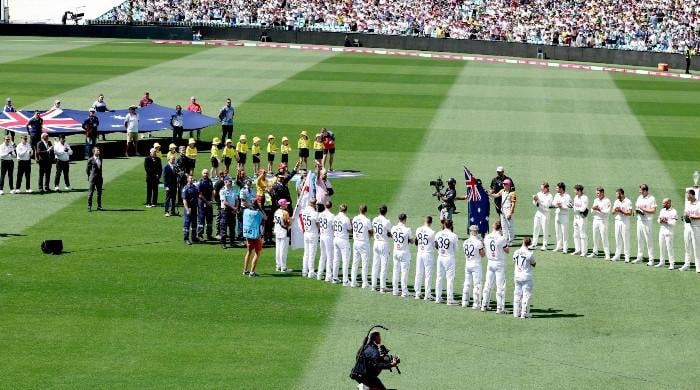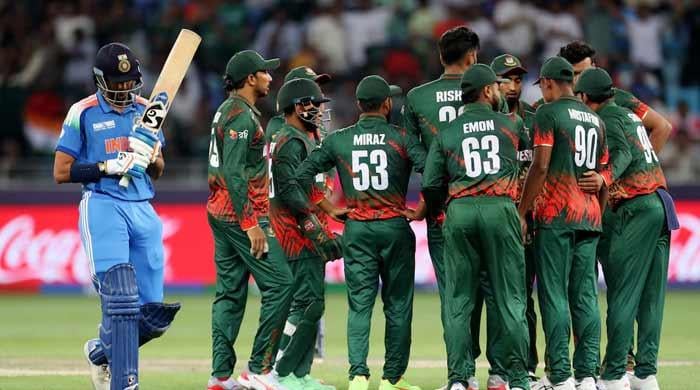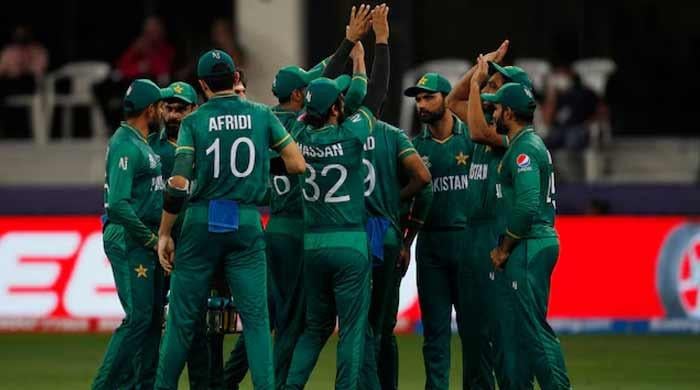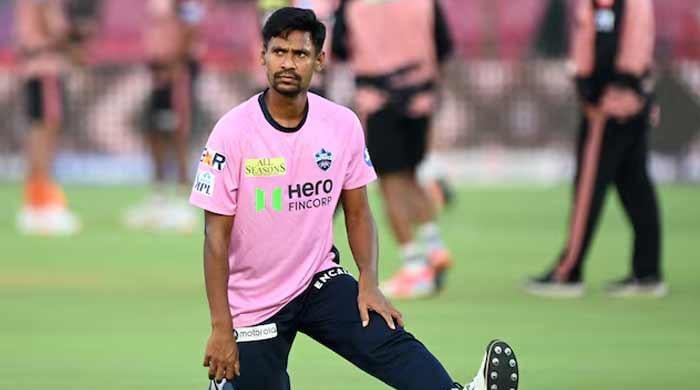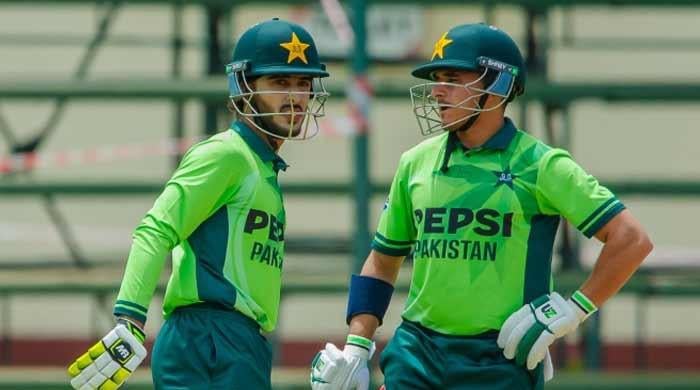Roger Federer’s evolution
With the win in straight sets at final of Shanghai Masters, he has a strong chance of finishing the year as world number one
October 19, 2017
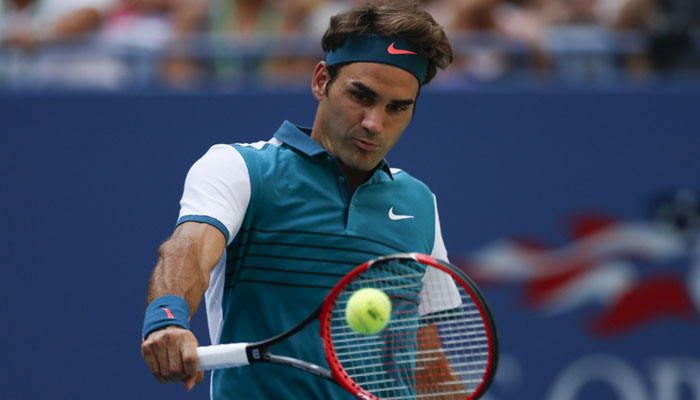
World No. 2 Roger Federer recently defeated World No. 1 Rafael Nadal, his fourth win this season against his archrival. With the win in straight sets at the final of the Shanghai Masters, the Swiss tennis star has a strong chance of finishing the year as world number one. At the age of 36, he would be the oldest person ever to lead the rankings. With 19 Grand Slam singles titles to his name, he has held the World No. 1 spot in the ATP rankings for a record total of 302 weeks, before being dethroned in 2012.
The evolution of Roger Federer has been exemplary. The former No. 1 had to miss most of the 2016 season due to a knee injury, but has revitalized his career in 2017. Ranked 17, he has climbed his way back to No. 2 with the help of six titles; two of them Grand Slams (Australian Open & Wimbledon). In fact, Federer compiled a 20-1 record in the first three months of the season, winning the Australian Open, Indian Wells & Miami Masters.
The secret to Federer’s longevity is not complicated; the Swiss has a 'fluid game' style. Whether it’s his silky smooth ‘Serving Motion’ or his poetic ‘Backhand’, every component of his game oozes perfection. When Federer arrived on the scene in 1998, he would ‘Serve & Volley’ regularly but changed his style by 2003, as more baseliners came on tour, and the courts became a little slower.
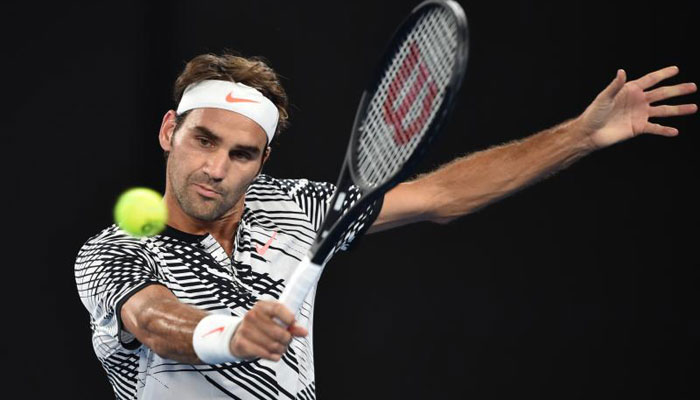
Instead of turning obsolete, Federer tweaked his game and adapted to the necessary demands. He moved a few feet back from the net to the baseline, and unleashed a weapon that to this day makes everyone’s jaw drop; his majestic ‘Forehand’. Federer went from ‘Serving & Volleying’ in the early part of his career to ‘Offensive Baseliner’, using his powerful ‘Forehand’ to outclass opponents. In the next few years, he added ‘Drop Shot’ to his game, another trick he would often use this shot to surprise his opponents.
In 2013, Federer hired one of the best ‘Serve & Volley’ players of all time to his coaching team, former World No. 1 Stefan Edberg. Edberg advised Federer to move forward more often. In today’s game, players do not prefer coming to the net, due to the slow court speed, but Federer wasn’t intimidated. He used that tactic and gained success, especially on faster courts; Grass or Indoor Hard Courts.
With a very accurate ‘Serve’, a potent ‘Forehand’ and a silky smooth touch, Federer was invincible, until Rafael Nadal came up. The left-handed Spaniard, who hails from the Island of Mallorca, had a menacing weapon up his arsenal, a ‘Forehand’ that came buzzing with ’Top Spin’. Nadal could hit his ‘Top Spin Forehand’ at around 5000 RPM and would target the only chink in Federer’s Armor, his backhand.
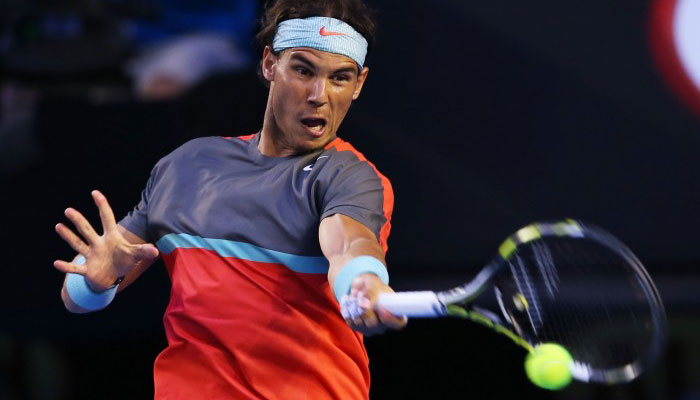
On slower surfaces, such as clay, the ‘Top Spin’ was even more effective, it went high to Federer’s one-handed backhand, making it impossible to hit through it. For almost a decade, Nadal won almost all the big matches against Federer, and going into the 2017 season, he led the rivalry 23-11.
What Federer pulled off in 2017 is nothing short of a miracle. Considered his weakest shot, he turned his ‘Backhand’ into a destructive weapon, and no one, not even himself, saw it coming.
When the pair faced off in the final of the Australian Open earlier this year, Federer blew Nadal off the court with his backhand. The weakness that Nadal had preyed on for years was now being used as a sledge hammer, and the Spaniard had no answers.
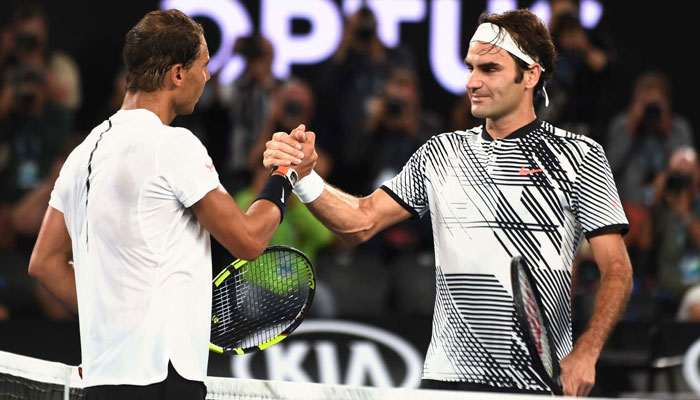
Down 3-1 in the 5th set, Federer launched a never-seen-before ‘Backhand’ barrage at Nadal, sealing victory with a 6-4, 3-6, 6-1, 3-6, 6-3 score. He had not beaten Nadal in a Grand Slam since 2007 and to come from behind, this was a remarkable victory. The rivalry now stands 15-23, with Federer winning five matches in a row for the first time ever against Nadal, four in 2017 & one back in 2015.
The evolution of his game is complete for now, but with the talent he has, no one can ever say his game won’t evolve any further. As the great Jimmy Connors stated: “In an era of specialists you’re a clay court specialist, a grass court specialist or a hard court specialist ………or you’re Roger Federer!”
The writer is a student of Social Sciences in Karachi, loves tennis and is crazy about Federer; also has a keen interest in wildlife and history.




